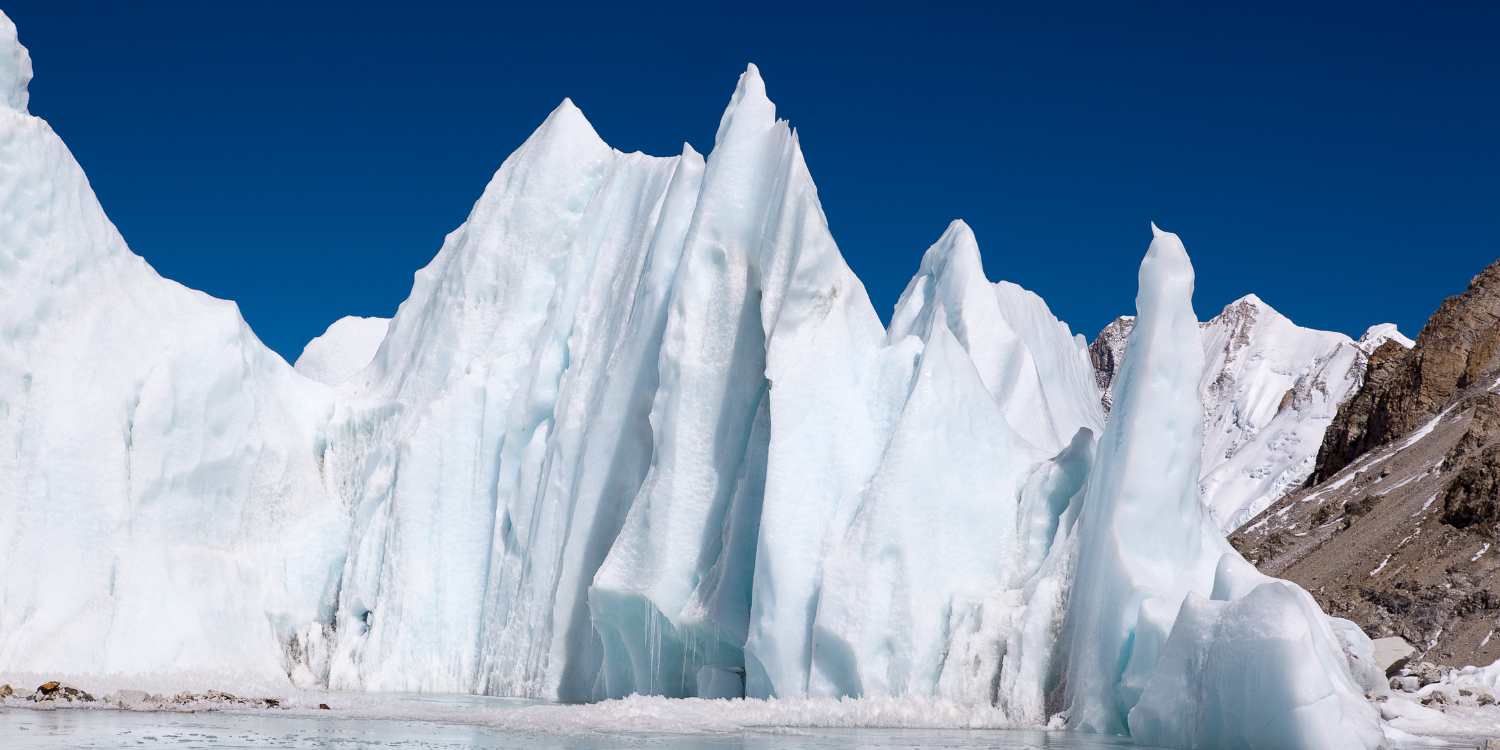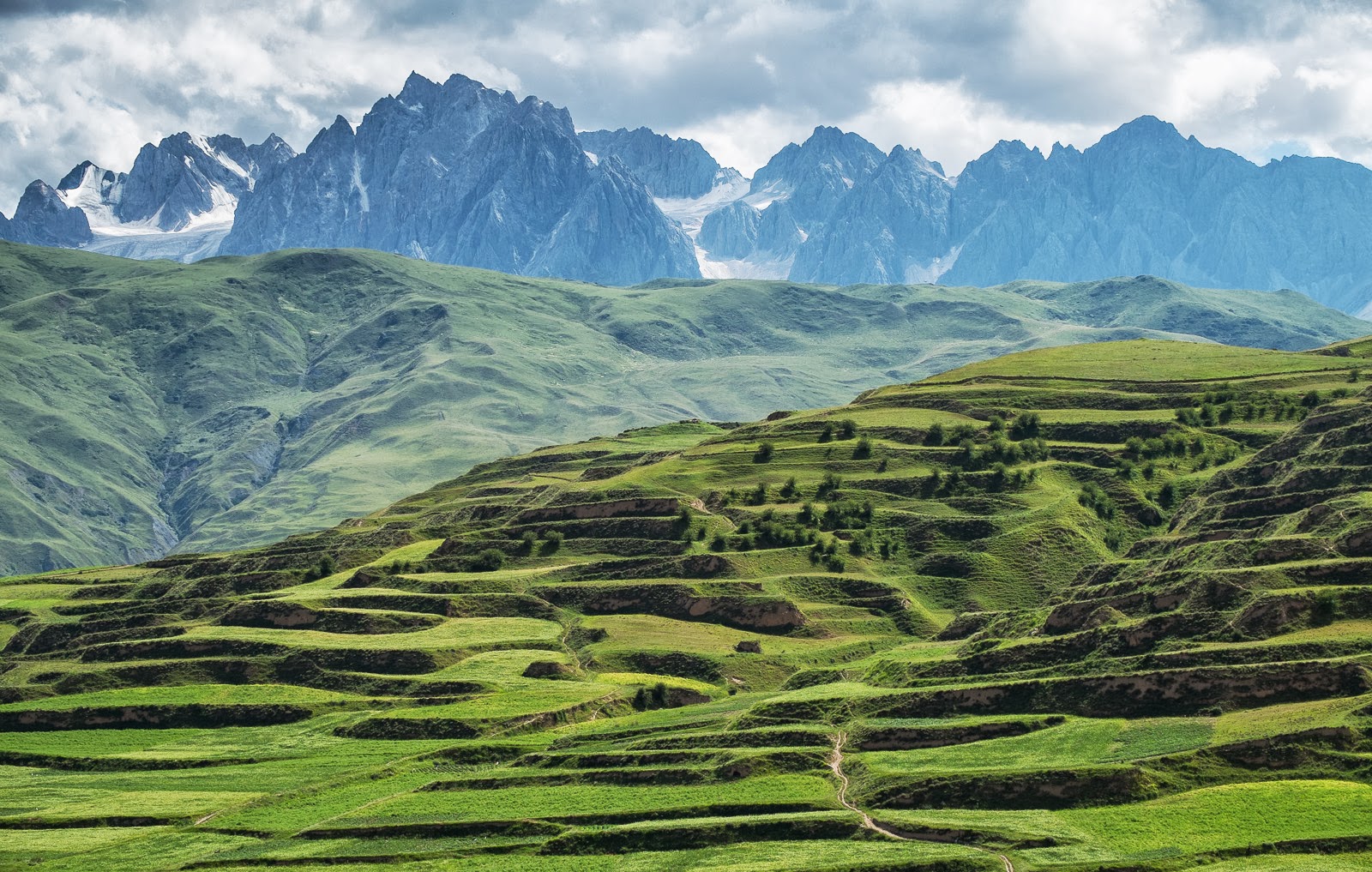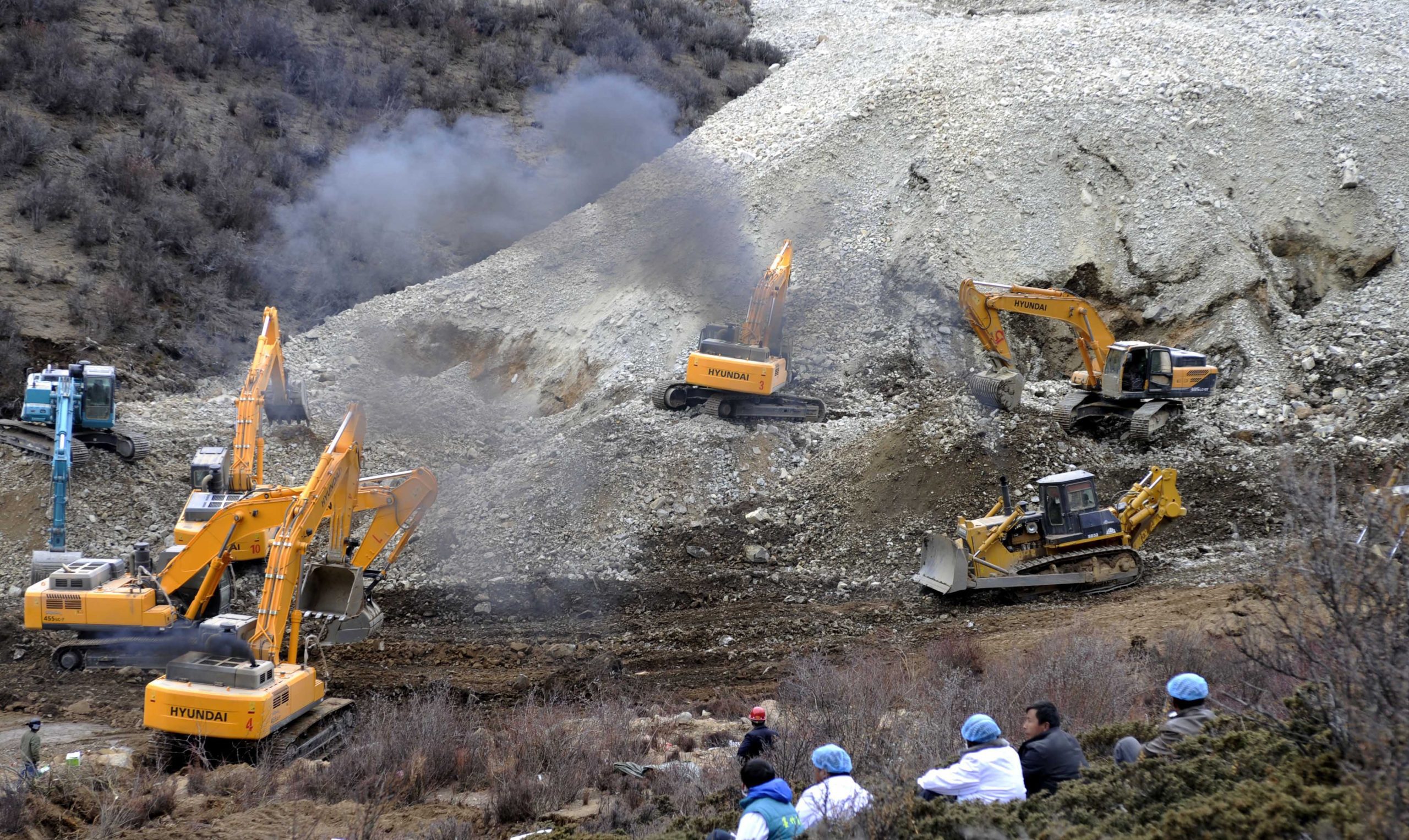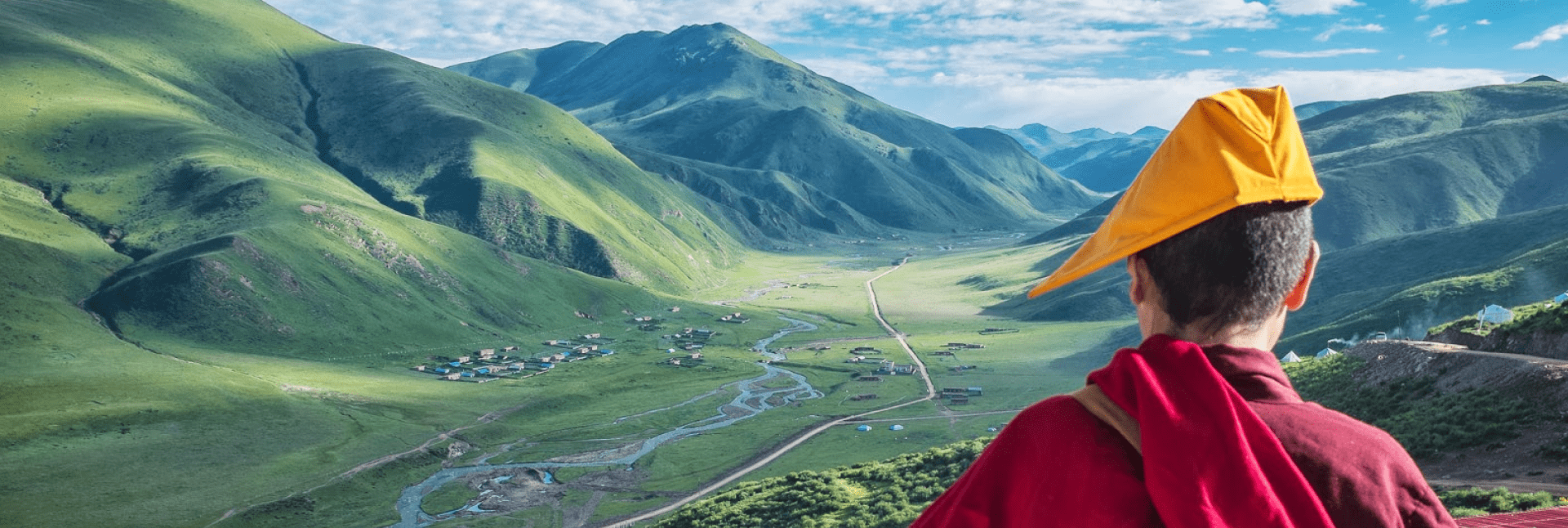Pristine mountains, rolling pastures, spectacular glaciers and mighty rivers. All are located on the roof of the world. Tibet’s environment is precious for its beauty, but also to the Tibetan people who have stewarded it for generations. Yet this is all under threat.
Tibet’s environment faces two enormous threats: climate change and colonisation. And while the Tibetan people are on the frontline in resisting these twin dangers, the fate of billions of people depends on Tibet’s environment being preserved.
Climate change
The Tibetan plateau is often known as the “Third Pole”, and holds the third-largest store of water ice in the world. Its glaciers feed several of the world’s largest rivers, rivers that over 1.5 billion people throughout south and southeast Asia depend on every day for their water supply.
Yet Tibet is warming three times faster than the rest of the earth, losing an estimated eight billion tonnes of ice being lost every year as glaciers disappear.
Read more
Colonisation
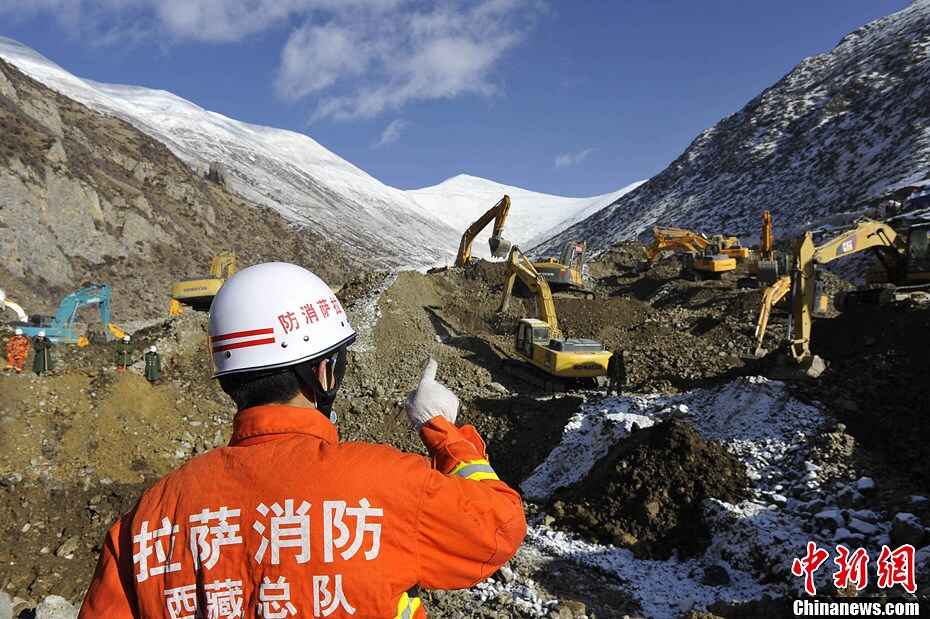
Chinese mining in Tibet
Tibetans live under a ruthless occupation and are given no say over how their country and its environment are managed. Its rivers, glaciers and the minerals beneath its soil are prized by the Chinese government, which sees them as resources to exploit.
Chinese government-owned mining companies are quickening their extraction of copper, gold and lithium in Tibet, tearing up the landscape and causing pollution. Huge hydroelectric dams are built across Tibet’s rivers, generating power for cities in eastern China but causing Tibetan villages to be flooded and depriving people downriver of a regular supply of water.
Read more
The human cost
Deprived of their land, cut off from their water supply, Tibetans continue to bear the costs of China’s extraction. Millions of rural Tibetans have been relocated from their pastures and into urban settlements, while villages have seen their livestock and water supply poisoned.
Tibetans are rarely consulted about extraction projects that affect their way of life and are punished harshly for voicing their concerns. They nevertheless protest regularly, carrying out demonstrations and camping on land earmarked for extraction projects. These protests are met with arrests and excessive force by police and security services, who often use batons, tear gas and even live fire to disperse protesters.
